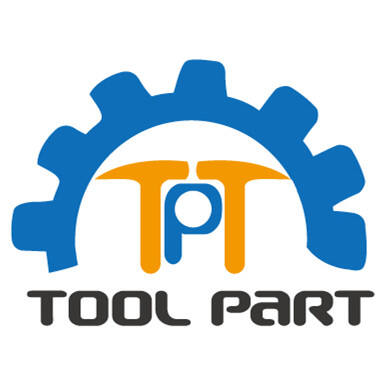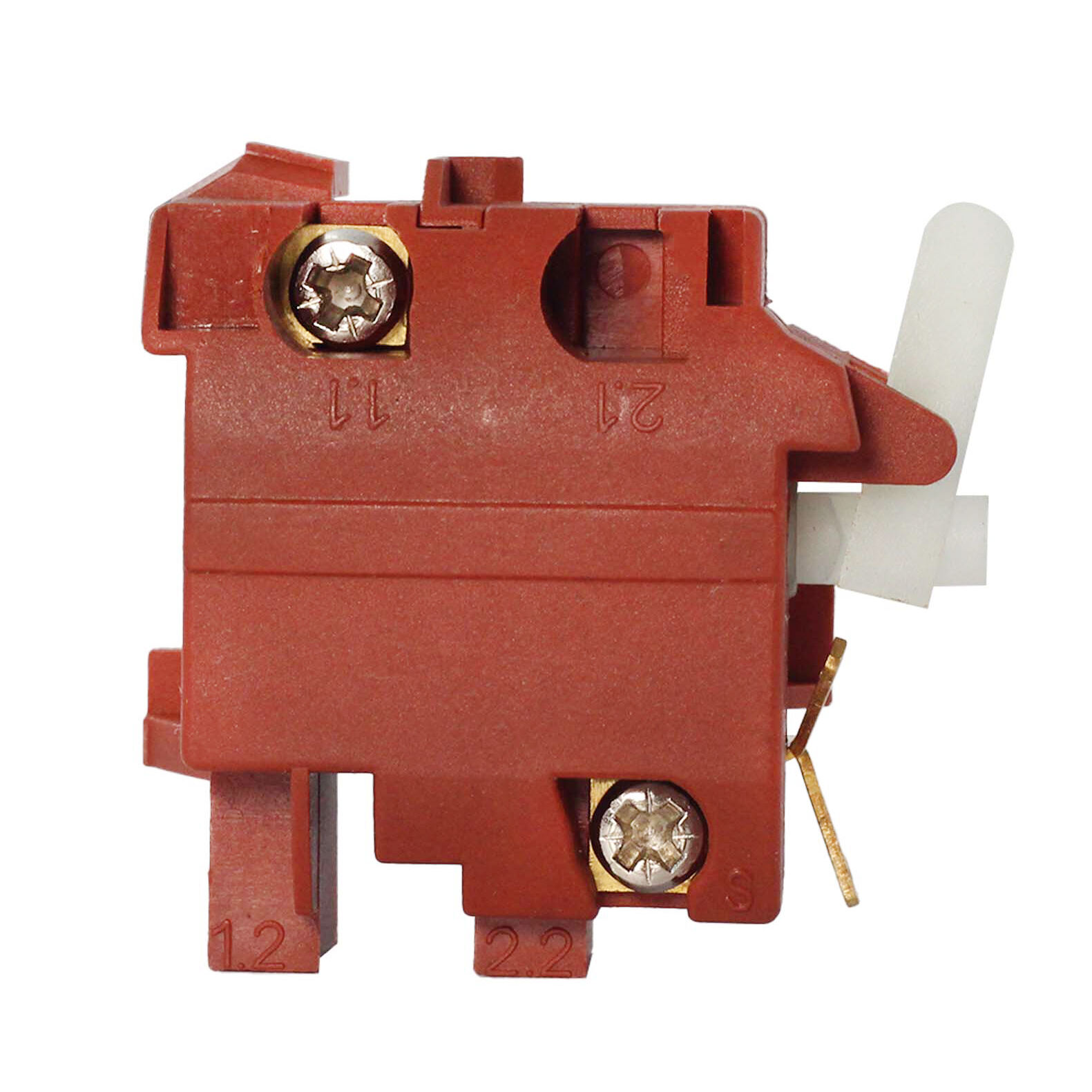Understanding the Anatomy of Modern Angle Grinders
Whether you're a professional metalworker or a DIY enthusiast, mastering the various angle grinder parts is crucial for both safety and efficiency. Modern angle grinders have evolved significantly, incorporating advanced components that enhance performance while maintaining user safety. This comprehensive guide will explore every essential component, helping you understand how these powerful tools work together to deliver precise cutting, grinding, and polishing results.
Core Components of an Angle Grinder
Power Source and Motor Assembly
The heart of any angle grinder lies in its power source and motor assembly. These angle grinder parts work in perfect harmony to generate the necessary rotational force. The motor housing contains the electric motor, which can be powered by various sources including corded electricity, batteries, or compressed air. Modern brushless motors have revolutionized the industry, offering increased efficiency and longer tool life.
The motor assembly includes copper windings, armature, and sophisticated cooling systems. High-end models feature advanced thermal protection mechanisms that prevent overheating during extended use. The power rating typically ranges from 500W to 2500W for professional models, directly influencing the tool's capability to handle demanding tasks.
Gear Housing and Drive Mechanism
The gear housing contains crucial angle grinder parts that transfer power from the motor to the spinning disc. This system consists of precision-engineered gears, typically made from hardened steel, that reduce the motor's high speed to a usable working speed. The gear ratio is carefully calculated to maintain optimal torque while ensuring the disc spins at the correct RPM for various applications.
Modern gear housings are designed with improved heat dissipation properties and sealed bearings that require minimal maintenance. The drive mechanism includes the spindle lock, which allows for quick and safe disc changes. Premium models feature advanced bearing systems that reduce vibration and extend the tool's service life.
Safety and Control Features
Guard and Shield Systems
The guard system represents one of the most critical angle grinder parts for user safety. Modern guards are adjustable and made from high-strength materials that can withstand impacts from flying debris. The latest designs allow for tool-free adjustment while maintaining rigid positioning during operation. Some advanced models feature automatic guard positioning systems that respond to the tool's orientation.
Shield systems extend beyond the main guard to include auxiliary handles with vibration dampening and ergonomic grips. These components work together to provide maximum protection while maintaining optimal control during operation. Many manufacturers now incorporate transparent sections in their guards, allowing better visibility without compromising safety.
Control Mechanisms and Switches
Modern angle grinders feature sophisticated control mechanisms that enhance both safety and usability. The primary switch mechanism includes safety locks to prevent accidental activation, while side handles provide essential stability during operation. Variable speed controls allow users to match the tool's speed to specific applications.
Advanced electronic systems monitor the angle grinder parts in real-time, adjusting power output to maintain consistent speed under load. Some models include electronic braking systems that quickly stop the disc when the tool is switched off, significantly improving safety. Anti-vibration systems integrated into the handle and body reduce user fatigue during extended operation.
Attachment and Accessory Interface
Spindle and Mounting System
The spindle assembly represents one of the most crucial angle grinder parts, serving as the interface between the tool and its various accessories. This system includes the threaded spindle, flange, and locking nut, all precisely engineered to ensure secure attachment of grinding discs, cutting wheels, and other accessories. Modern quick-change systems allow for tool-free disc changes while maintaining maximum security.
Advanced mounting systems incorporate features like automatic balancing mechanisms that reduce vibration and improve accuracy. The spindle thread size and configuration vary between models, with common sizes including M14 and 5/8-11 UNC. Understanding these specifications is essential for selecting compatible accessories.
Disc and Accessory Options
The versatility of angle grinders comes from their ability to accept various accessories. The mounting interface accommodates different types of discs, including grinding wheels, cutting discs, wire brushes, and polishing pads. Each accessory requires specific angle grinder parts for proper mounting and operation.
Modern accessories feature advanced materials and designs that optimize performance while maintaining safety. Diamond-tipped cutting wheels, ceramic grinding discs, and composite flap discs represent the latest innovations in accessory technology. The interface design ensures these accessories maintain proper alignment and balance during operation.
Maintenance and Care Components
Serviceable Components
Regular maintenance of angle grinder parts ensures optimal performance and longevity. Key serviceable components include carbon brushes, bearings, and cooling vents. Modern designs provide easy access to these parts through tool-free maintenance panels. The latest models feature indicator systems that alert users when maintenance is required.
Cooling systems have evolved to include advanced air channeling and heat dissipation mechanisms. These systems protect internal components while maintaining consistent performance under heavy use. Some professional models incorporate diagnostic systems that monitor the condition of critical components.
Dust Management Systems
Effective dust management has become increasingly important in modern angle grinders. Advanced dust collection systems integrate seamlessly with other angle grinder parts to capture particles at the source. These systems include specialized guards with extraction ports and sealed bearings that prevent dust infiltration.
The latest dust management solutions feature automatic cleaning mechanisms and compatibility with various vacuum systems. Some models incorporate electronic sensors that monitor dust levels and adjust extraction performance accordingly. These systems not only protect the tool's internal components but also contribute to a safer working environment.
Frequently Asked Questions
How Often Should Angle Grinder Parts Be Inspected?
Professional users should inspect their angle grinder parts before each use, with a thorough examination at least monthly. Key areas to check include the guard integrity, power cord condition, brush wear, and bearing smoothness. Regular inspection helps prevent unexpected failures and ensures safe operation.
What Are the Most Common Wear Items in an Angle Grinder?
The most frequently replaced angle grinder parts include carbon brushes, grinding discs, backing pads, and power cords. The wear rate depends on usage patterns and working conditions. Professional users typically replace carbon brushes every 100-200 hours of operation.
Can I Upgrade My Angle Grinder's Safety Features?
Many modern angle grinder parts are designed for retrofit installation. Users can often upgrade to advanced guard systems, auxiliary handles with improved vibration control, and enhanced dust management solutions. However, it's essential to use only manufacturer-approved upgrades to maintain safety certification.
What Determines the Compatibility of Replacement Parts?
Compatibility depends on the grinder's model, size class, and manufacturing specifications. Critical factors include voltage ratings, speed specifications, mounting thread sizes, and guard dimensions. Always consult the manufacturer's documentation when selecting replacement angle grinder parts to ensure proper fit and safe operation.

